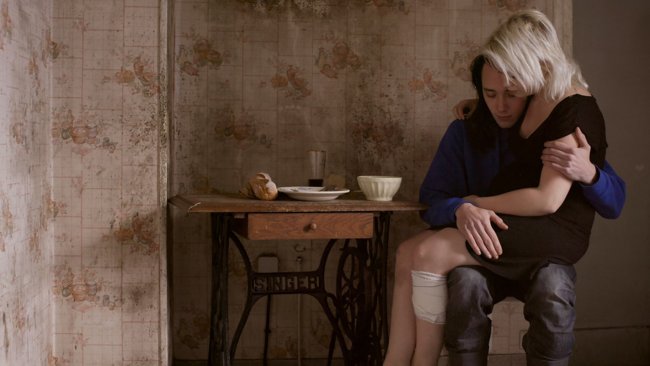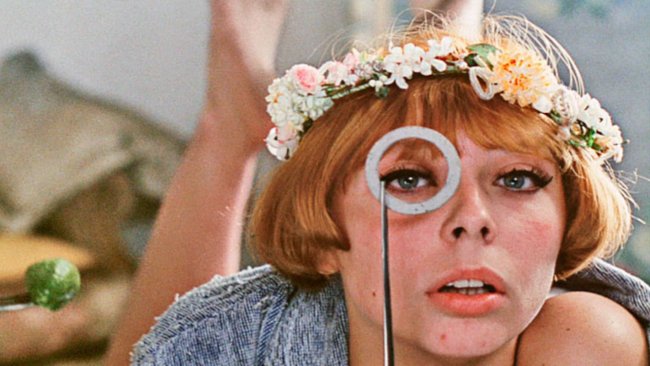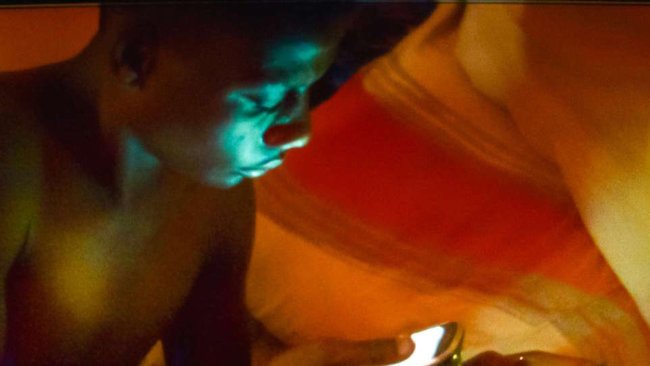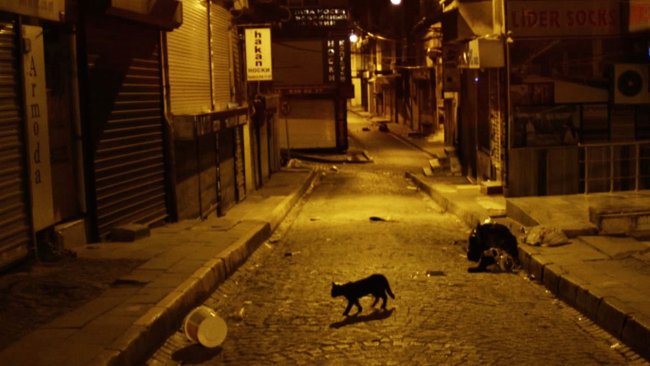The Salesman
[…] If, in Miller’s play, Willy Loman’s descending parabola describes the collapse of the American dream of business success, «The Salesman» seems to describe the collapse of the Iranian dream of a happy family.
[…] Continuity and rupture, normalcy and thread, openness and compromise: these are the ingredients of Farhadi’s «The Salesman». To which, one must add another typically Hitchcockian element: suspense.
Text: Giuseppe Di Salvatore
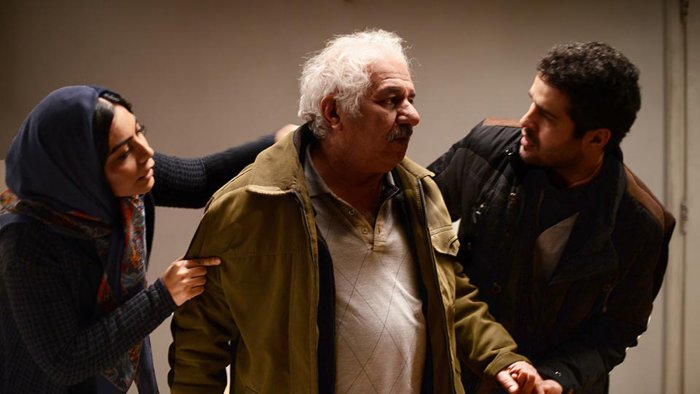
The title of Asghar Farhadi’s last film makes reference to Arthur Miller’s play Death of a Salesman, the rehearsals for which in an Iranian theatre production constitute an important background for the story of Emad and Ra’na. If, in Miller’s play, Willy Loman’s descending parabola describes the collapse of the American dream of business success, The Salesman seems to describe the collapse of the Iranian dream of a happy family. As in all of his last films, Asghar Farhadi’s focus insists on the middle-class family and the relationship between man and woman, paying particular attention to the psychological aspects of their relationship. The private world prevails over the public one, even if the typical tensions of a male chauvinistic society emerge in the private lives of such open-minded and cultured people like Emad and Ra’na. It is the man who feels the pressure of their neighbors’ opinion and who is preoccupied with the question of reputation the most, whereas the woman tends to simply close herself in the private sphere, avoiding any public confrontation. Finally, the tension between the two of them will explode through the alternative between, respectively, revenge and forgiveness.
These themes are expressed through Farhadi’s systematic use of the dynamics between internal and external, private and public, the house and the street; the theatre having the role of an intermediate space in which the others are partially familiar to one another and one can find room for compromises. In this, the position of the camera, the different layers of the organization of the space, and the movement of the actors all play a decisive role, which recalls the Hitchcockian lesson on the importance of architecture in each shot. Through this classical style of filming, Farhadi delivers a work of complexity and of middle tones, where the details are fundamental. One of them is the projection in Emad’s class of Dariush Mehrjui’s The Cow (1969), a sort of founding work for modern Iranian cinema. Emad falls asleep and the students neglect the film; a film that, in spite of its critical realism in depicting the poor Iranian countryside, was admired by Ayatollah Khomeini, thus allowing the Iranian cinema to continue to exist.
Continuity and rupture, normalcy and thread, openness and compromise: these are the ingredients of Farhadi’s The Salesman. To which, one must add another typically Hitchcockian element: suspense. The film starts with a scene marked with the imminence of a catastrophe. Then it is the scene of the crime, which opens a long period of suspects and inquiry. But the resolution of this long tension does not bring the clarity of justice. The evil and the good are destined to be blurred in a compassionate attitude toward the weakness of human beings. The complex finale seems to suspend any moral judgments and, in this way, does not remove the crime from the catastrophe.
This article contains a third-party video. If you would like to watch the video, please adjust your settings.
Info
The Salesman | Film | Asghar Farhadi | IRN-FR 2016 | 125’
First published: January 20, 2017
